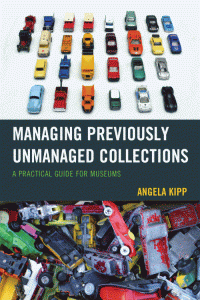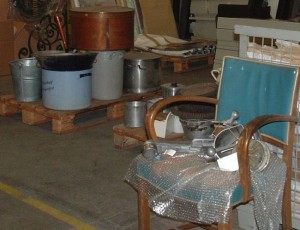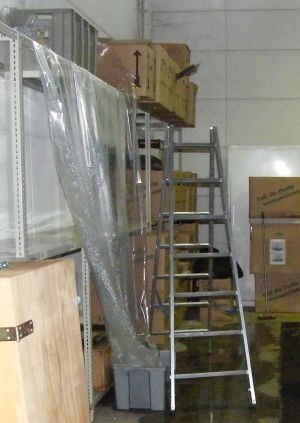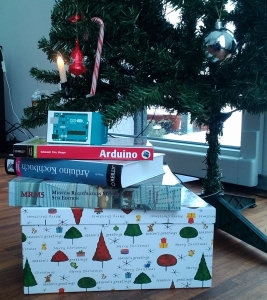I was quite surprised when I realized that Rupert Shepherd (@rgs1510 ) nominated our project (or its English twitter branch @RegistrarTrek) in the #TwitteratiChallenge. Reading his blog post about it I learned that he was as surprised by his own nomination like I am now. Once recovered from the shock, Helen (@crazymuseumlady) nominated us in the same challenge.
Now, what’s the trouble? Registrar Trek is a project that is alive because of its various contributors, the authors as well as the translators and the readers who read, comment, like, share and tweet about it. So, seriously, who is entitled to say: “challenge accepted” in this case?
As @RegistrarTrek was nominated and I, Angela Kipp, am taking care of the English twitter account at the moment, it seems legit that I take the challenge. But that’s just where the trouble starts. My own educator days, when I explained how the Enigma worked or how coffee is made are long over. I work in the background, far away from the challenges my educating colleagues at the front-house face every day. And the ones I would first turn to when I need an educational advice are actively interacting with visitors, school children, adults, students, toddlers, questioners and vandals. I may find them doing a #tweetup but most of them and most of the time they are out there inspiring people face-to-face, not on twitter. So, I will broaden the scope of this challenge and nominate people who do great stuff and who can be found – among loads of other places – on Twitter:
My nominees
First of all I nominate @ceciliapeartree. She’s an active collections and documentation professional who keeps pace of new developments and doesn’t shy away from pondering new technologies in collections management. Besides she writes mystery novels. A lot of them. And she even brought a little drone to her session at @ERC2014. I would love to nominate her “Coolest Collections Professional Ever” (CCPE), but as this price doesn’t exist, she’s my first in the #TwitteratiChallenge.
Then, @MarkBSchlemmer who invented #ITweetMuseums a hashtag used mainly by museum professionals who visit other museums and share what they see. A whole new way of experiencing museum visits (you may also follow @ITweetMuseums).
Linda Norris @lindanorris does amazing projects around the world, writes books, has a great blog called (Brace yourself, fellow registrars and documentalists!) “The Uncataloged Museum” and a joint blog with German and Russian colleagues called “Museum, Politics and Power” which was designed for the ICOM conference 2014 but has many interesting thoughts.
My next nominees are two museum professionals who are active and inspiring tweeters: Alli Rico @alli_rico, a young emerging museum professional whom I had some inspiring collections based discussions with and who has her own blog called Alli’s Adventures in Museums and Suzy Morgan (@Kw33n5uzicus) who is a conservator, editor of the Multilingual Bookbinding and Conservation Dictionary and always fun to tweet with.
What to do?
- Within 7 days of being nominated by somebody else, you need to identify colleagues that you rely on or go to for support and challenge. It might be a good idea to check that they are happy to be challenged so that the #TwitterChallenge chain doesn’t break down.
- Record a video announcing your acceptance of the challenge, followed by a pouring of your (chosen) drink over a glass of ice. Then, the drink is to be lifted with a ‘cheers’ before nominating your five educators to participate in the challenge. (This is optional for the technically challenged).
- Write your own #TwitteratiChallenge blogpost within 7 days nominating your chosen participants who then become part of #TwitteratiChallenge. If you do not have your own blog, try @Staffrm.
- The educator that is now newly nominated has 7 days to compose their own #TwitteratiChallenge blogpost and identify who their top 5 go to educators are.
- It’s optional to make a donation to your chosen charity but if you do you may want to identify one or two charities that may be of interest to others. For example, Debra Kidd’s highlighted the World Wide Education Project as a great charity to support or Nepal needs all the help it can get after the devastating earthquake.
The rules
There are only three rules:
- You cannot knowingly include someone you work with in real life.
- You cannot list somebody that has already been named if you are already made aware of them being listed on #TwitteratiChallenge. I realise this will get more complex over time.
- You will need to copy and paste the title of this blogpost, the rules and what to do information into your own blog post.
Wait, what about that video thing?
Okay, here you go:
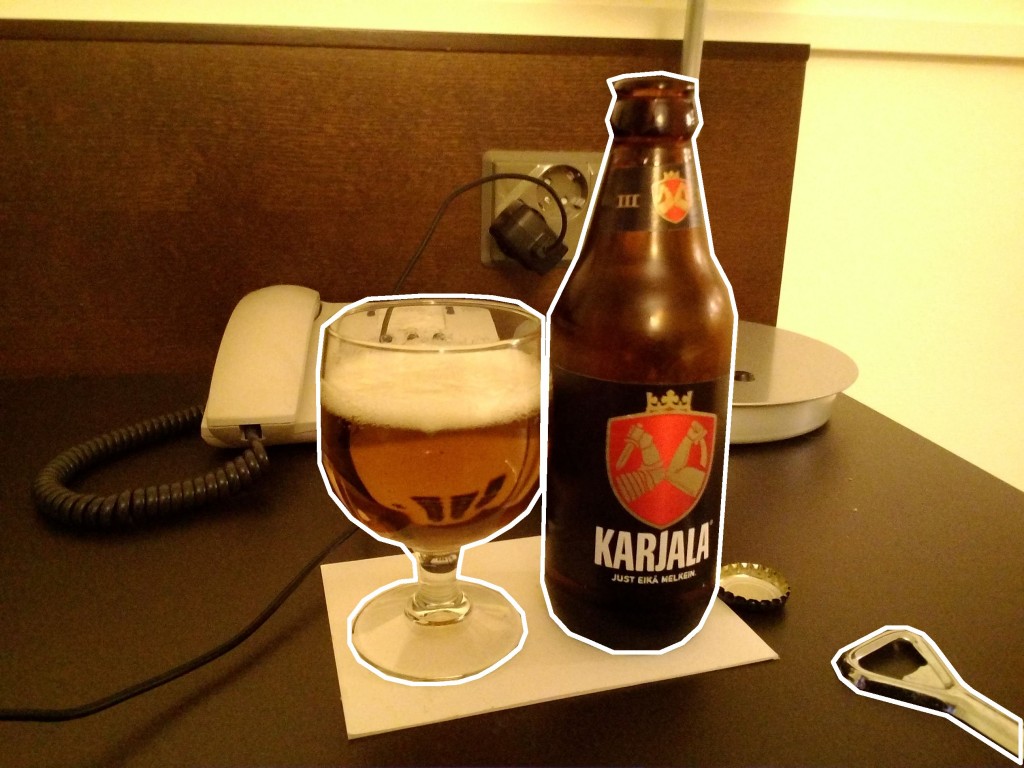
- print out this picture
- cut along the white lines to get separate glass, beer and bottle opener
- open cut-out bottle with cut-out opener
- take cut-out glass
- pour imaginary beer
- say “cheers”
- say “I nominate @ceciliapeartree, @MarkBSchlemmer, @lindanorris, @alli_rico and @Kw33n5uzicus.”
- imagine me doing it on video
In the spirit of Nigel Lashbrook: inspiring people to challenge existing rules should be an integral part of education. Kudos to the educators who do!
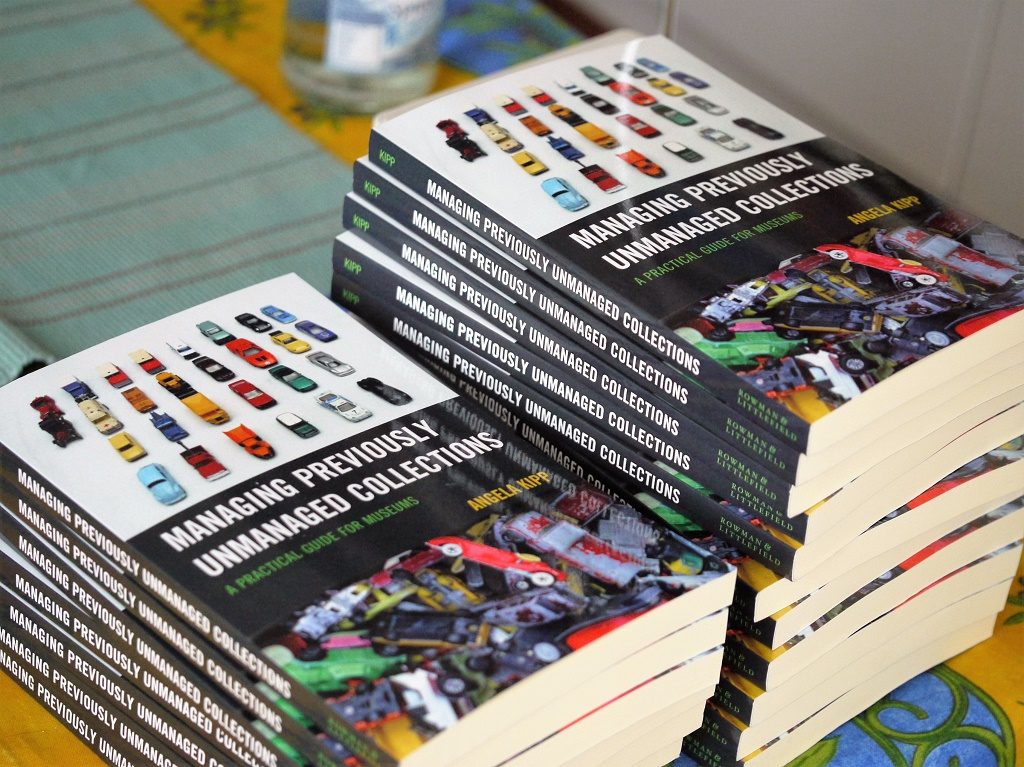
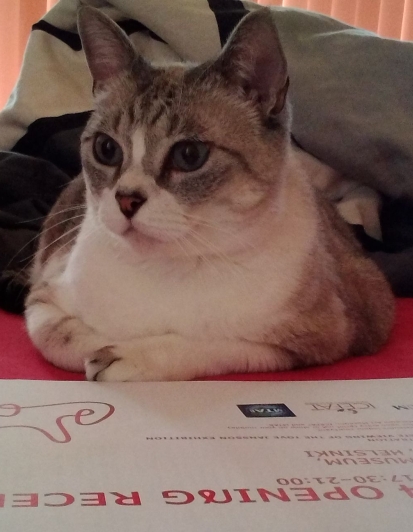




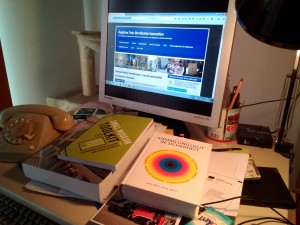 Was it already a year ago we raised our glasses to celebrate the
Was it already a year ago we raised our glasses to celebrate the 

